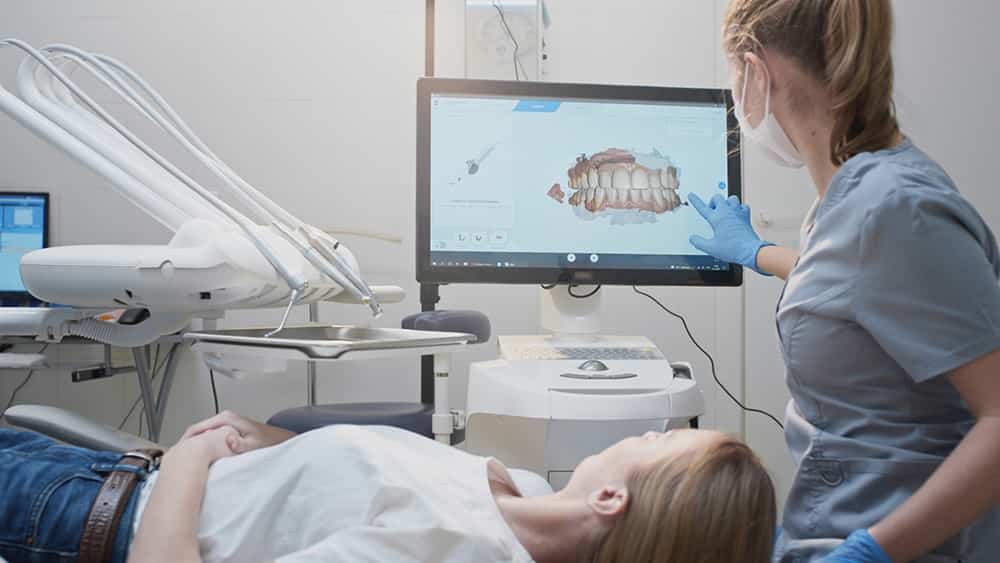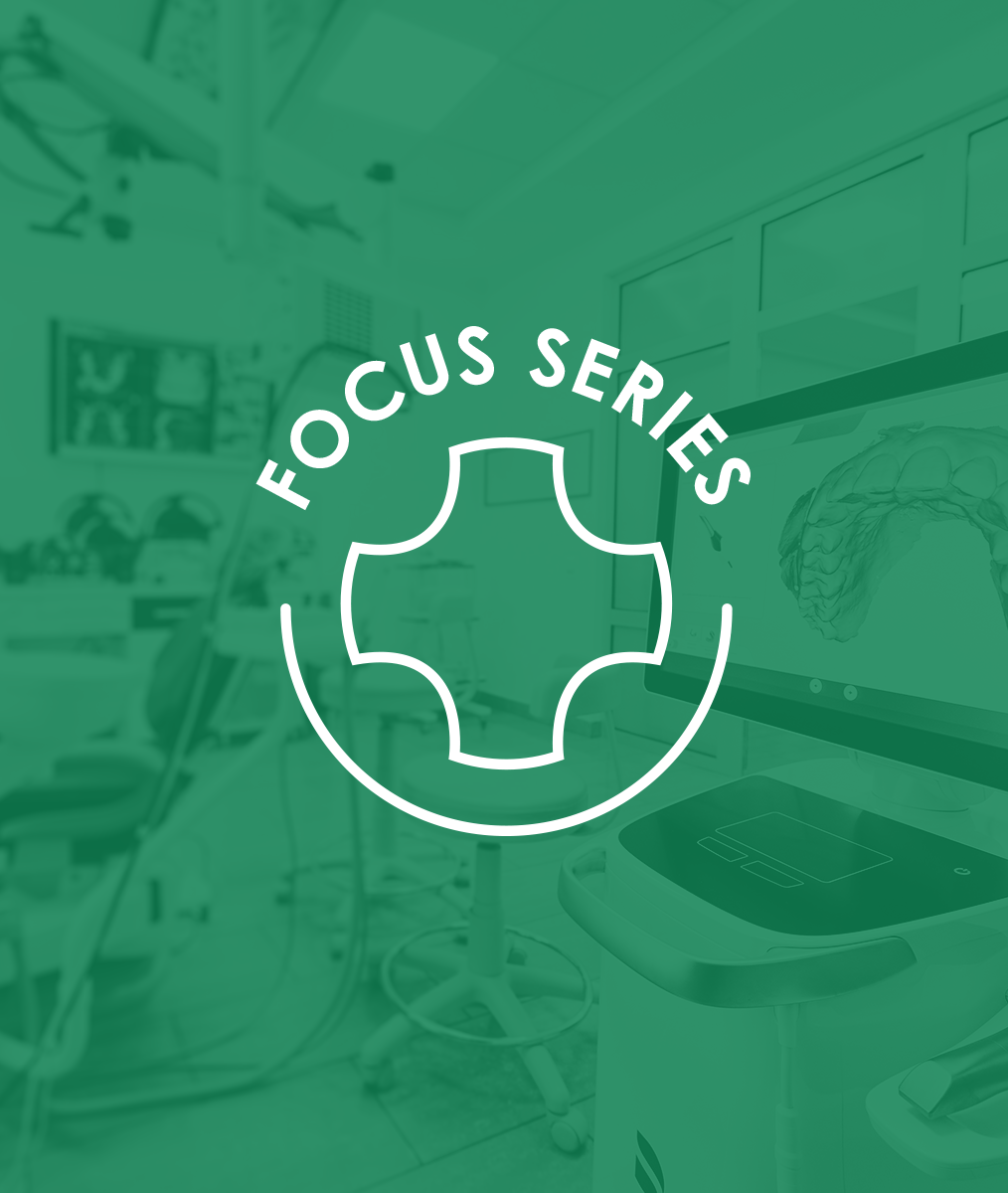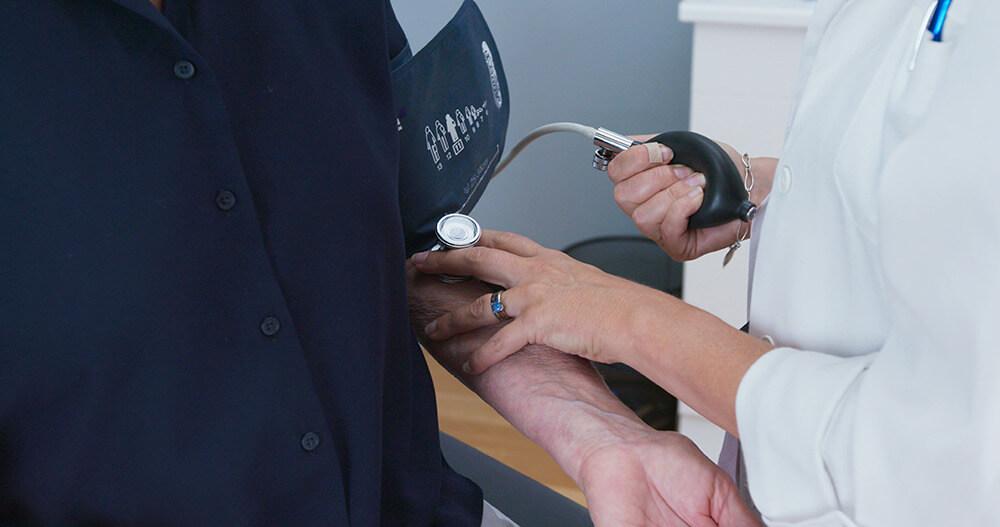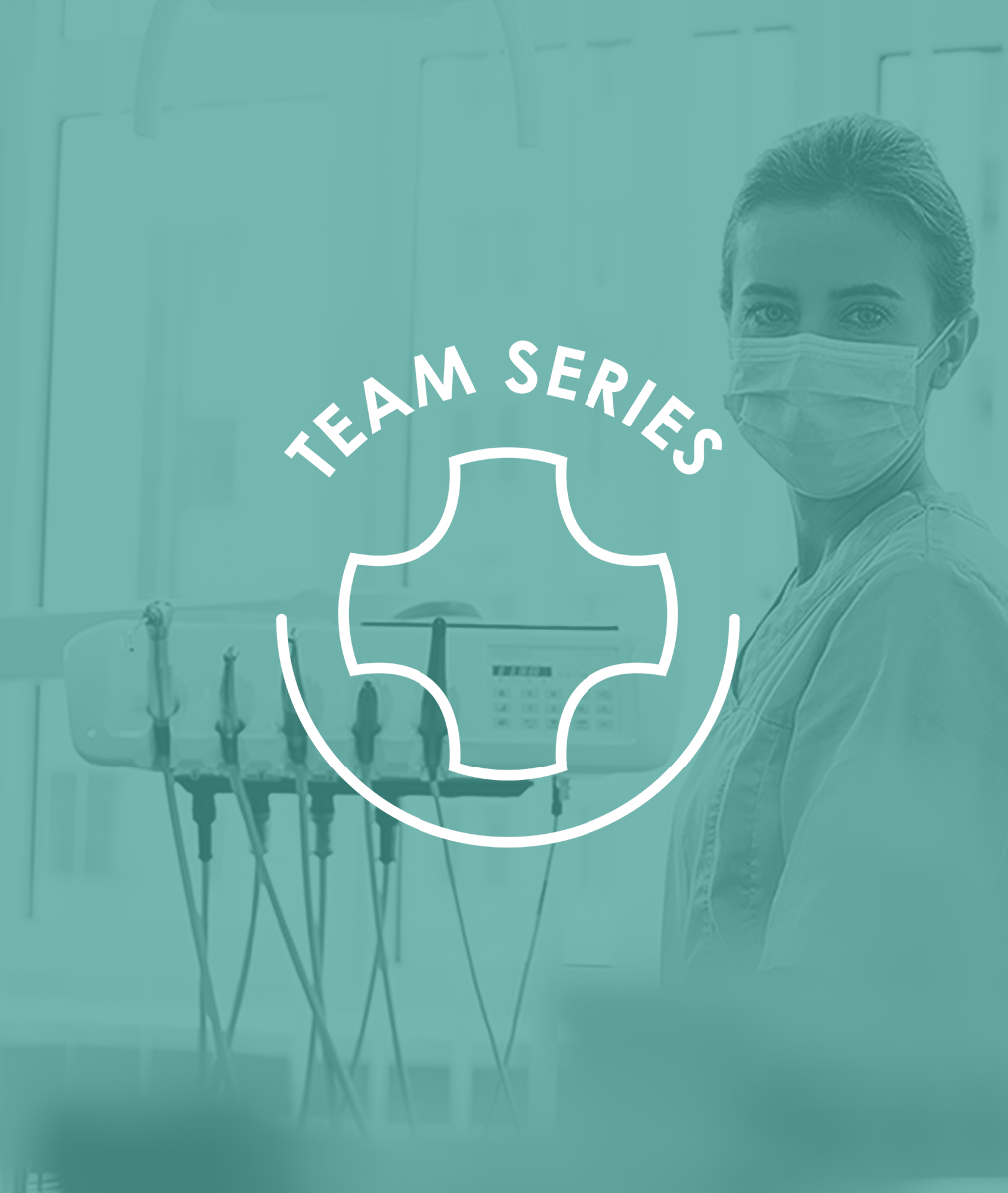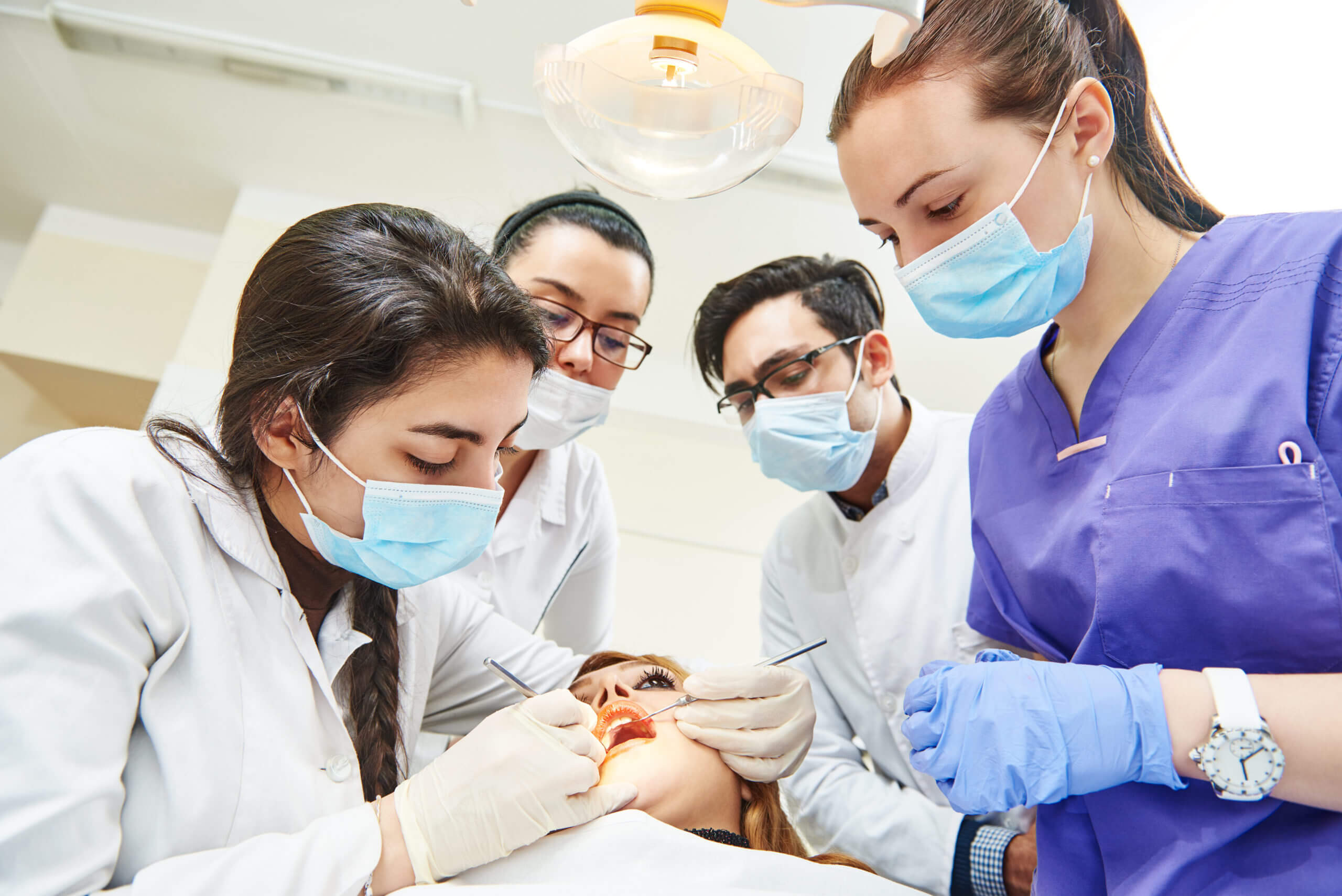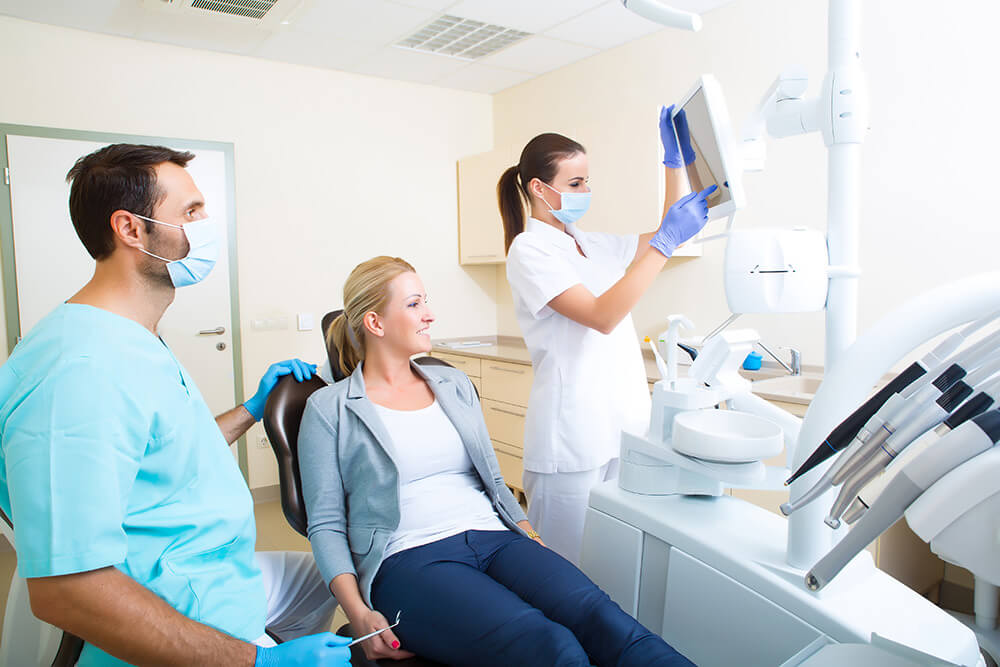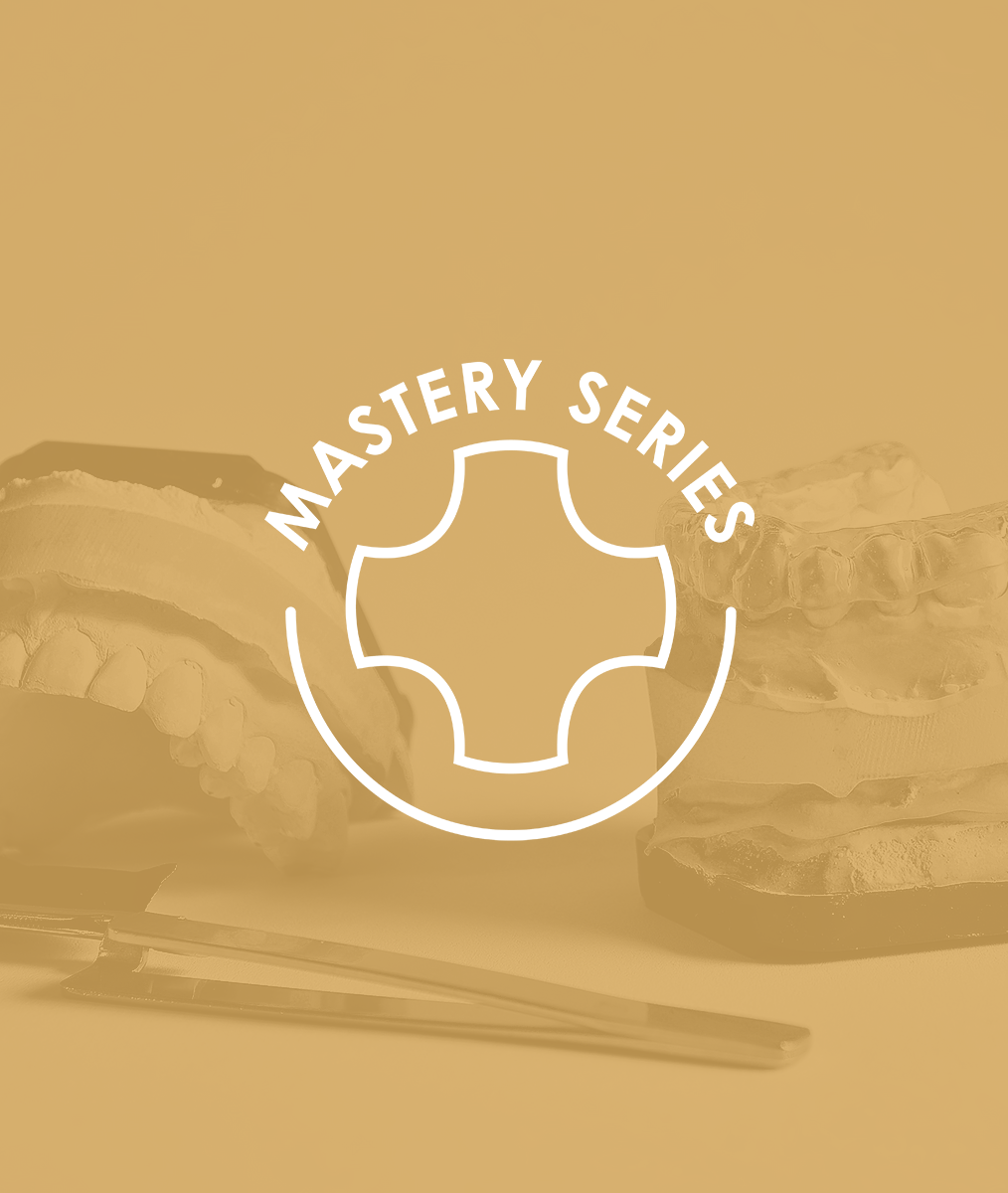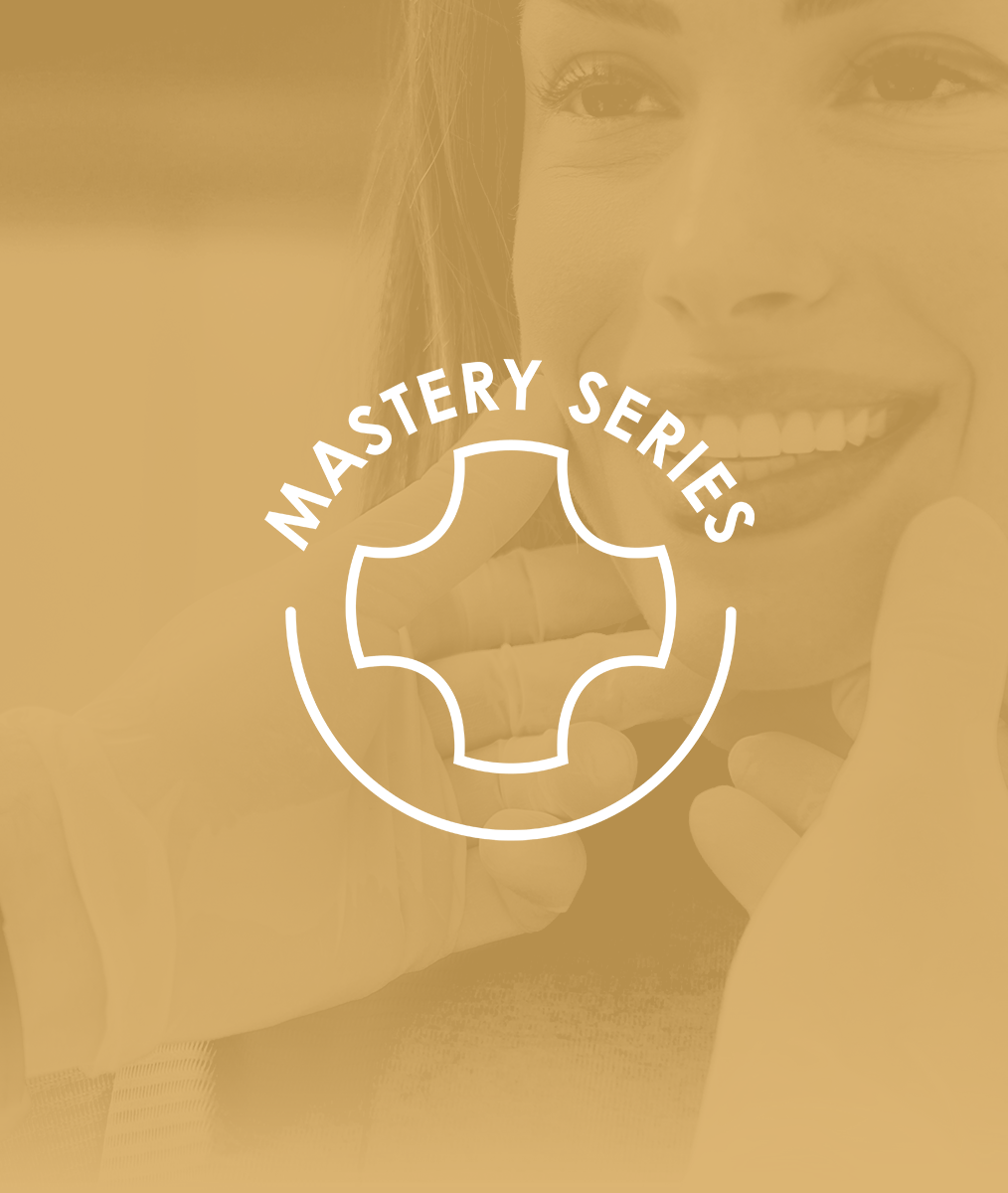Their Ideal Day
I’m sure there are many aspects of your work that are really fulfilling, and I’m sure there are aspects of your daily work that you wish could be easier, maybe even less stressful. What about your work brings you joy? What would it take for you to provide your best work? What would it look like? What would it feel like?
I took an informal survey of dentists and hygienists about what they would need to have an ideal day. When I examined the dentists’ answers, I realized the answers would resonate with every member of a dental team.
The top five answers from dentists were:
- Having the appropriate instruments to provide excellent care.
- Opportunity to gain knowledge and skills.
- Excellent performance/execution of their work.
- Opportunity to implement new learning.
- Working with patients who are grateful for their care.
All hygienists desired “time to provide appropriate care for each patient.” Specifically, they asked for:
- Time to select and sharpen instruments for each person and for the specific procedures they will be doing.
- Time to properly assess each person’s unique periodontal condition, including time to accurately measure gum pockets and recession, minimal attachment/thickness, and to assess bleeding (blood thickness, how much bleeding, and where it is coming from—is it systemic or localized?).
- Time to explore possibilities with patients regarding their current condition, past condition, and potential future.
- Time to debrief and collaborate with the doctor to explore the next steps for the patient.
- Supportive teamwork across the practice to provide the best care.
Speaking of collaborating with team members, I invite you to ask your team members what their ideal day would include. Discuss, as a team, your shared ideals, and expectations. Consider where expectations do not match and discuss why this is and what must change to meet shared agreements.
Understanding and affirming the needs of others will have a positive impact. The exercise of writing down what works, what could be better, possibilities, goals, and a pathway towards implementation of superior supportive teamwork is likely to increase your practice joy factor.
Related Course
E3: Restorative Integration of Form & Function
DATE: March 30 2025 @ 8:00 am - April 3 2025 @ 2:30 pmLocation: The Pankey Institute
CE HOURS: 41
Dentist Tuition: $ 7400
Single Occupancy with Ensuite Private Bath (per night): $ 345
Understanding that “form follows function” is critical for knowing how to blend what looks good with what predictably functions well. E3 is the phase of your Essentials journey in which…
Learn More>








